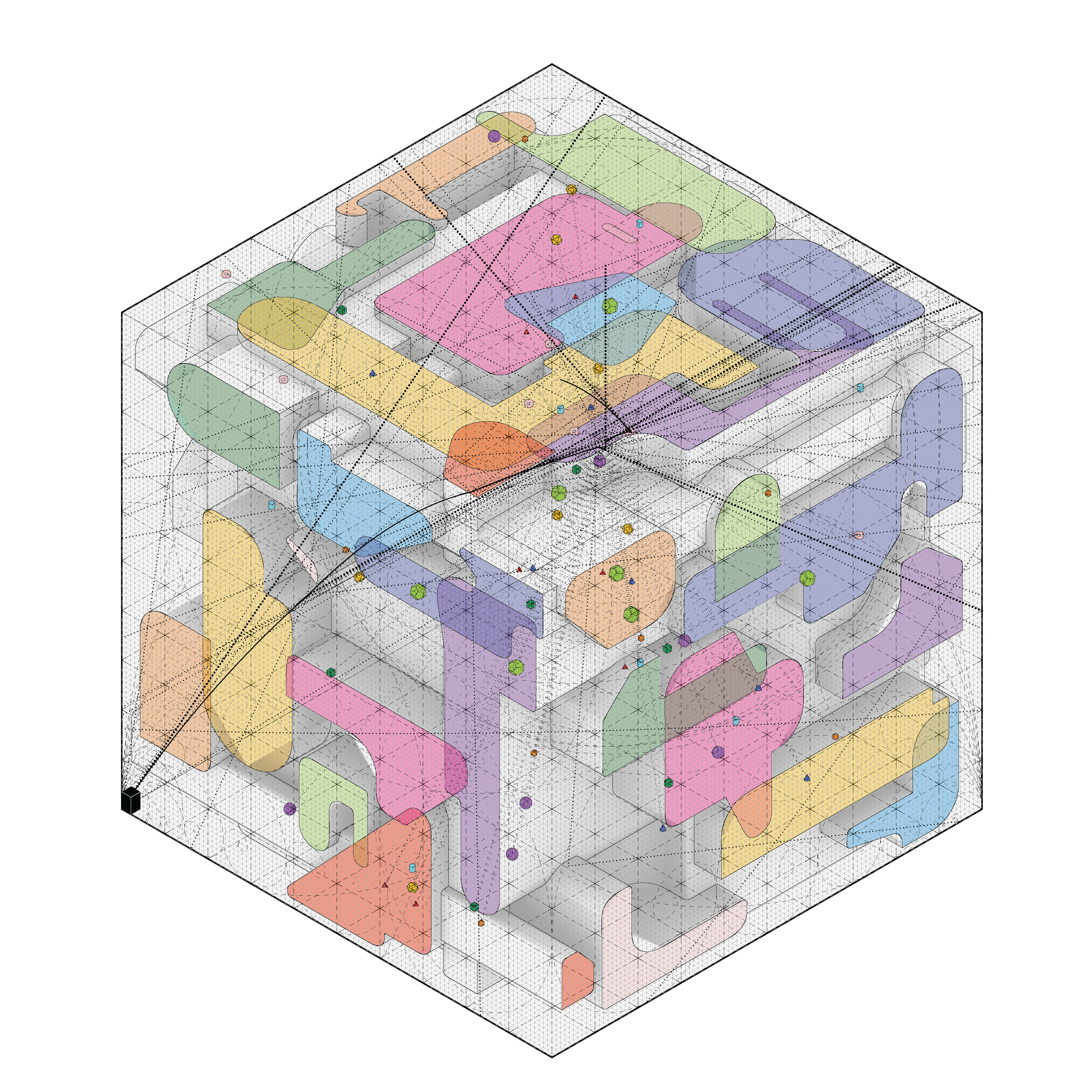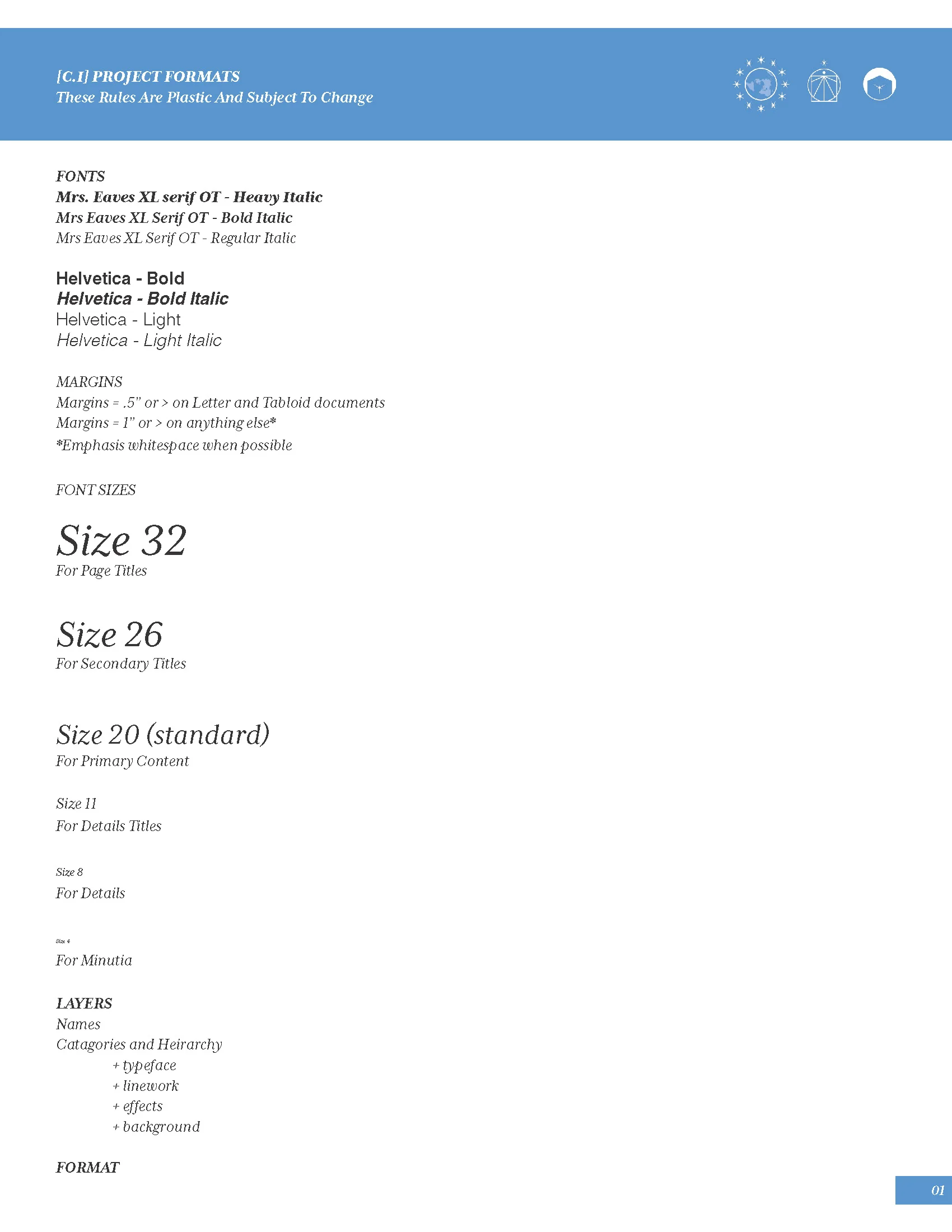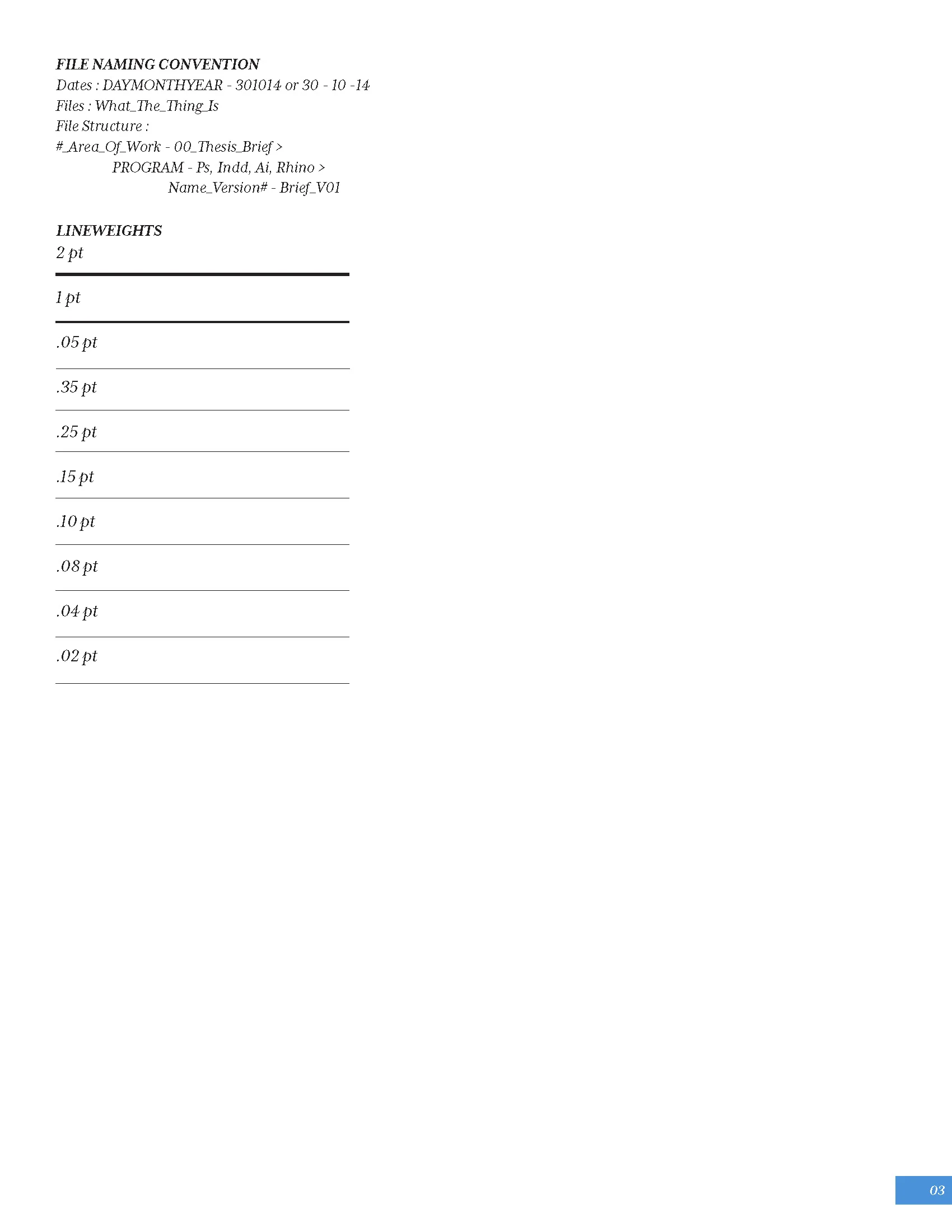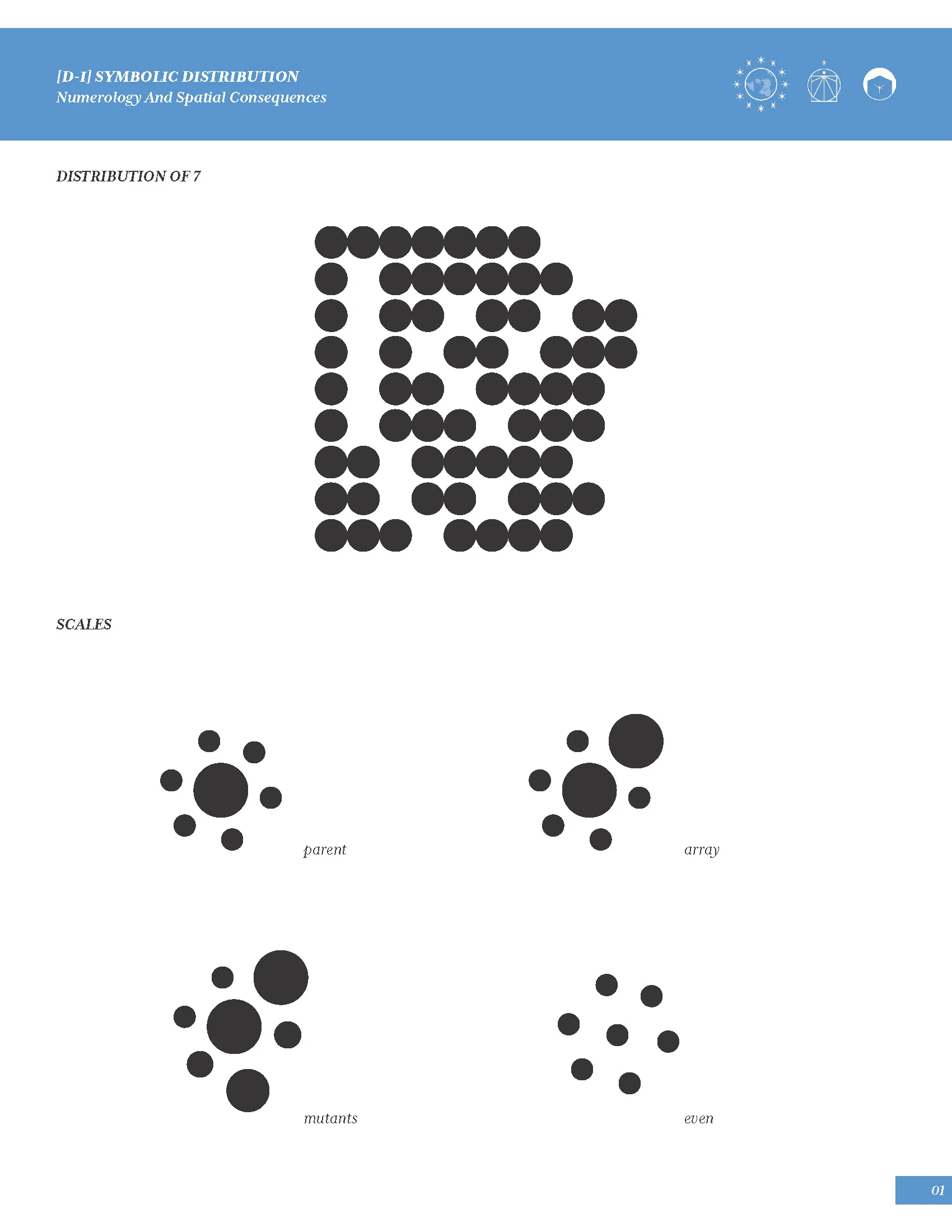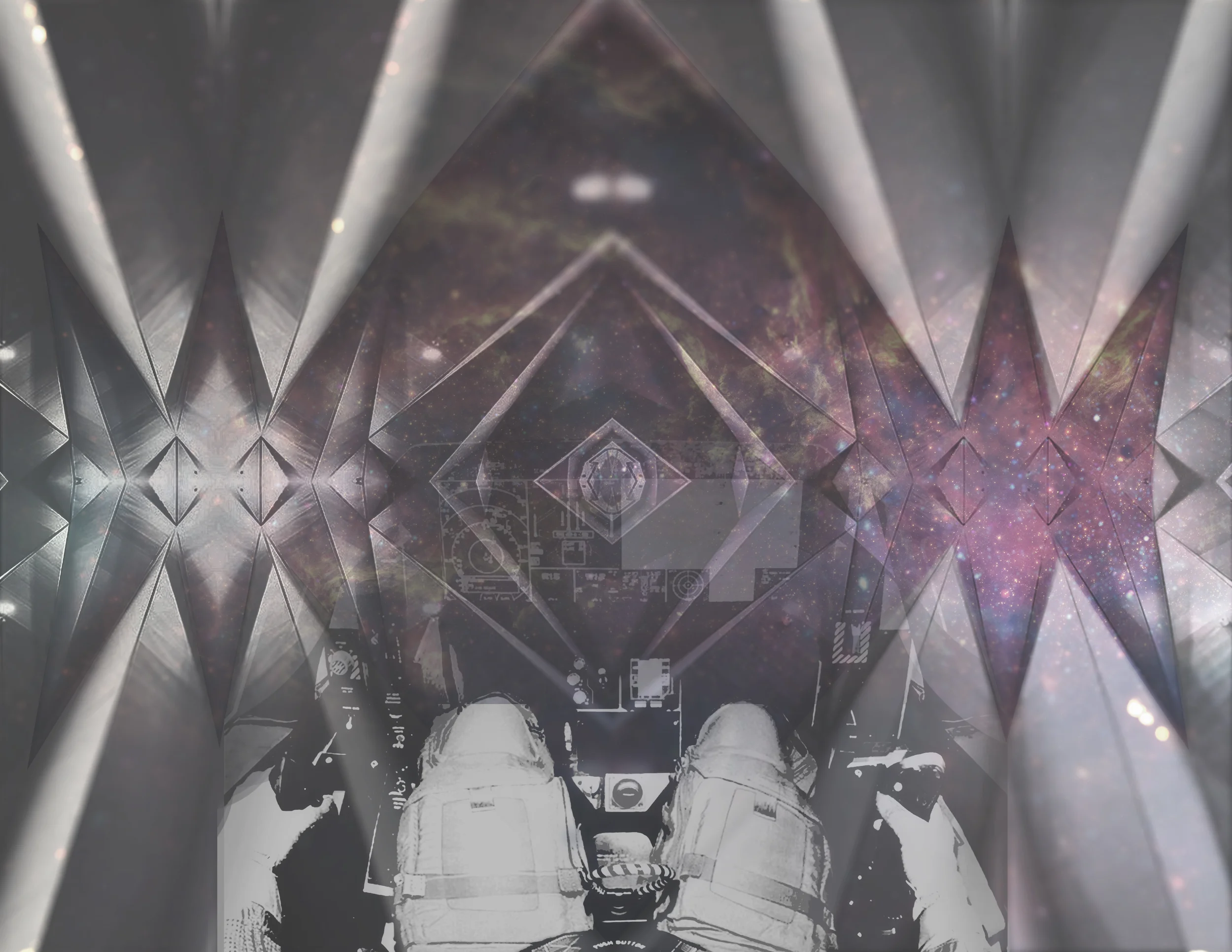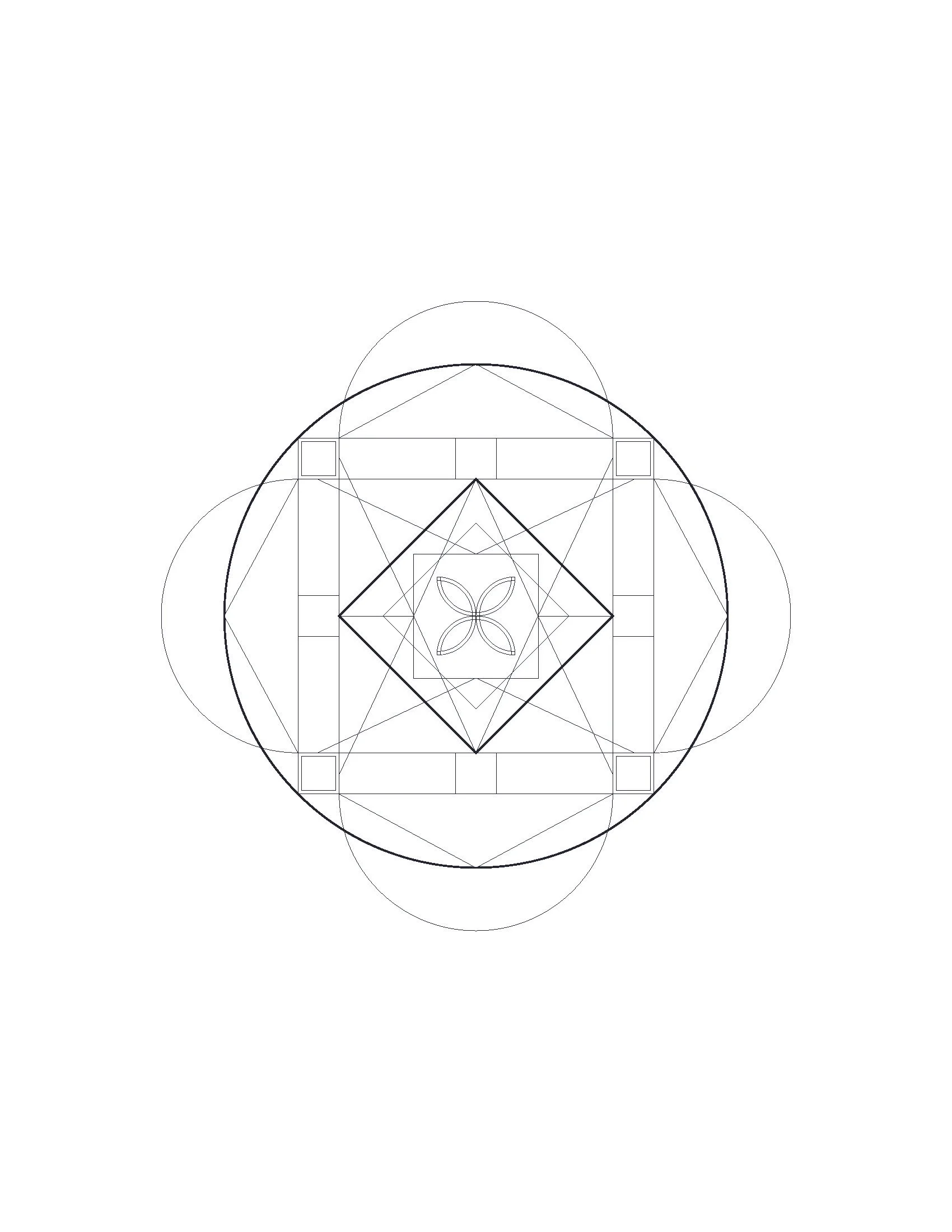THE GREAT COMMISSION
Faith is a common act which is frequently overlooked. Day to day activities often require several acts of faith. The Great Commission investigates faith when coupled to several spatial, architectural, moments: when man interfaces with machine, when machine interfaces with wilderness, and when man encounters spirituality while traversing wilderness inside a machine.
Various design methods are used in this investigation. Narrative structures a foundational logic giving definition to program, site, and purpose. Mapping mediates the modes of measurement attributed to the machine and its interpretation of wilderness to its human counter parts. Extensive and exhaustive documentation hearkens to bureaucratic precedents and provides references for various engineering specifications. Diagrams structure relationships between ideas and realities as well as the flow of energy from one medium to another. Digital/analog collages discuss the linear progression of technology and human kind's association with ‘advancement’. Models and architectural drawings give a sense of spatial definition and construct the characteristics and personalities of the various participants, as well as testing the act of faith with connection to the act of drawing.
In The Great Commission humans are tasked with exploration based opportunities. Volunteers are given a static, highly engineered, craft. This craft is subsidized by a universal government entity, the United Earth Nations, and is constructed with automated robotic assistance. Once the “specified” portion of the vehicle is finished families or individuals can articulate specific details, in short making the craft their own—homesteading. This act of homesteading is then reflected in a journey conducted by the ship and its occupants. Any “habitable spatial domains” may be procured by the vessel and its inhabitants but as is often the case it is the journey and not the destination that define the story and will truly test what faith means.
The journey is a measure. Trajectories and the "Reference" act as a dichotomy to the occupants. The Reference is a geometric sphere which is tethered to the journey's origin and acts as an mechanical oracle. As information is gathered and processed, a human scribe physically records their interpretation of what is occurring outside the vessel through the lens of the sphere. This transcription is then physically fed into the machine which mechanically prints the scribe’s lettering and completing the transference of energy.
